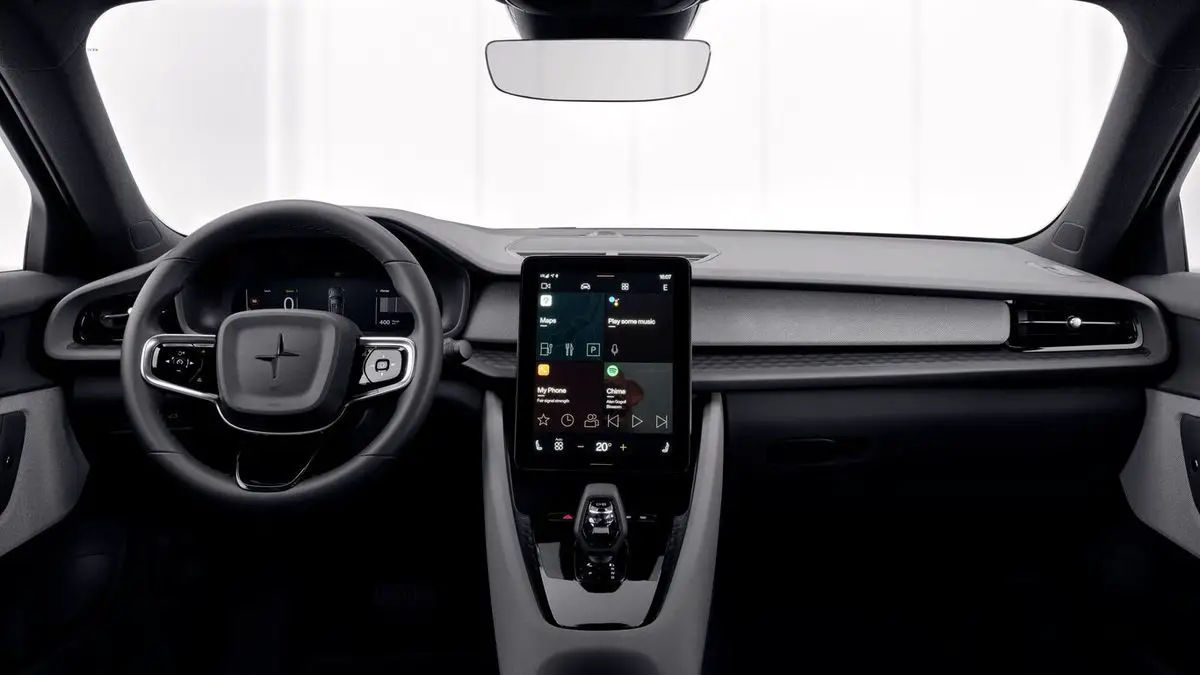Google provides two methods for delivering its apps and services in the car. One is Android Auto, which is well-known and entails connecting our Android smartphone to the vehicle’s infotainment system. The other is more recent. It’s Android Auto, a built-in system for automobiles without cell phone functionality because it is standard when purchasing an automobile.
Google’s original name in English is “Google built-in,” which literally translates as the integrated Google system. Only a few vehicles currently have the option, although Google plans to increase that number next year with the introduction of a new manufacturer.
The Google Car’s in-car system, for example, includes all of these functions and which automobile manufacturers are incorporating into their most recent models. Google and automobile producers are working together to take Android Auto a step further, expanding on what we had with Android Auto by removing the restriction of needing to connect it to a smartphone that isn’t always accessible.

What does the infotainment system with integrated Google offer?
With this integrated Google platform manufacturers can offer a system with internet access, Google’s most-used apps, music use such as Spotify, and voice commands. It’s a similar system to Android Auto, but it has the advantage of being better linked with the car’s functions like climate control and seat management.
The Google system’s user interface may also be customized by the device manufacturers, just as cell phone companies alter the design of Android. The OS is the same, but the possibilities for brand customization are quite advanced.
Android Automotive OS is still a relatively new system and although Google is working with different car manufacturers, there is no mass adoption at the moment. Because it is no longer simply a screen that controls a computer system run by the mobile, but rather the task must be completed previously so that the automobile may handle all of the processes. According to Google data, more than 100 million cars are compatible with Android Auto. Far fewer are those that have this system integrated.
One of the additions of the integrated system is to facilitate the search for charging stations for Google Maps. In addition, we’ll be able to say “Hello Google, show me a charging station,” and the map will indicate all of the charging stations that are compatible with our vehicle, as well as the type of payment, speed, and whether or not a charger is available.
Google Maps now offers support for thermal battery management as well. When we approach a charging station, the car will attempt to decrease the temperature in order to save time.

Which cars have Google’s Android Automotive OS integrated?
The big news announced by Google is the incorporation of the Japanese manufacturer Honda. The two companies have explained their alliance in the creation of services for the connected car; which translates into the arrival of Google integrated into future Honda vehicles.
From 2022, Honda will introduce cars with integrated Google. It will thus join other brands such as Ford, General Motors, Polestar, Renault, and Volvo.
The Renault-Nissan-Mitsubishi group was one of the first to support Google on this platform, although for the moment it has only been announced for the electric Mégane E-Tech. A position similar to that of General Motors and Ford, which report that from 2023 multiple vehicles in their catalog will include it.
Today, only two cars already on sale have this new Google system integrated: the Polestar 2 and the Volvo CX40 Recharge.
- 2020 Polestar 2
- 2021 Volvo XC40 P8
- 2021 Volvo XC40 Recharge
- 2022 Chevrolet Silverado
- 2022 GMC Hummer EV
- 2022 Renault Mégane E-TECH Electric
- 2022 Volvo XC60
- 2022 Volvo S90
- 2022 Volvo V90
- 2022 Volvo V90 Cross Country
- 2022 Honda cars
- 2023 Other Ford cars
- 2023 Other Lincoln cars (Ford division)





